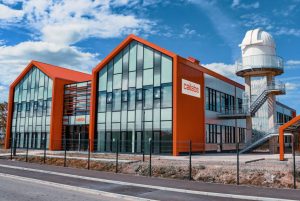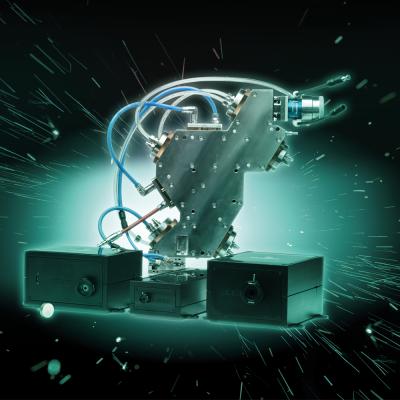Laser Additive Manufacturing
Scale-up your Additive Manufacturing processes with CANUNDA beam-shaping solutions! An optimal beam profile paves the way to use of more laser power while preserving the quality, therefore a increased process speed and an improved Return on Investment of the machines! Beam-shaping enables to hot-cracking reduction and new powder printing. Beam-shaping is setting new industry benchmarks for a technologically promising future.
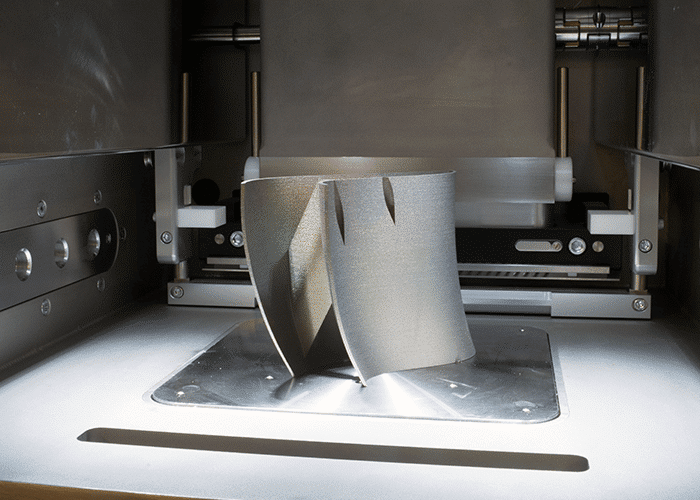
Our Product Offers
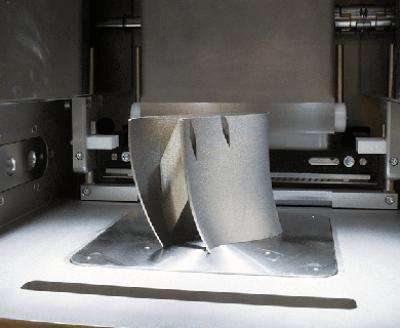
Laser Powder Bed Fusion
Upscale 3d-printing with beam-shaping
Beam shaping is a key-enabler of the upscale of Laser Powder Bed Fusion (L-PBF) machines. First, it increases printing speed (x3.3), paving the way for mass production. Second, the possibility of printing new powders by removing hot-cracking and increasing the density, which increases the machine flexibility.
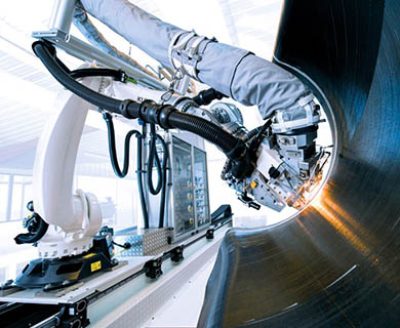
Automated Fiber Placement
Managing complex geometry with compact solution
By using beam shaping we are able to achieve high-quality automated fiber placement (AFP) with a porosity reduced (-40%) compared to gaussian beam. We are also able to manufacture components with very complex geometry by designing more compact (x2) solution.
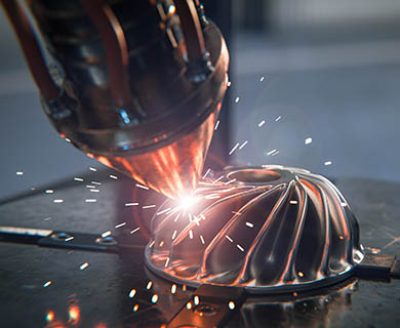
Laser Direct Energy Deposition
Better & faster : Upscale 3d-printing with beam-shaping
By using beam shaping into our laser-head we are able to provide solutions for co-axial wire or powder delivery for Direct Energy Deposition processes. In addition of this optimal delivery of the laser beam our laser-heads are compatible with high-power laser paving the way for an increased deposition rate (x3).
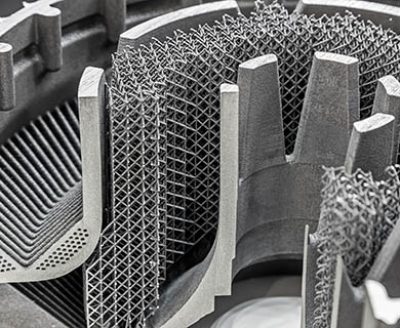
Other Laser Additive Manufacturing
Developing new additive manufacturing methods
There are many applications for additive manufacturing using lasers. However, most of them are still recent processes and have many shortcomings (cracking, porosity, manufacturing time, precision, etc.). Beam shaping makes it possible to reduce these defects by optimising the energy distribution.
